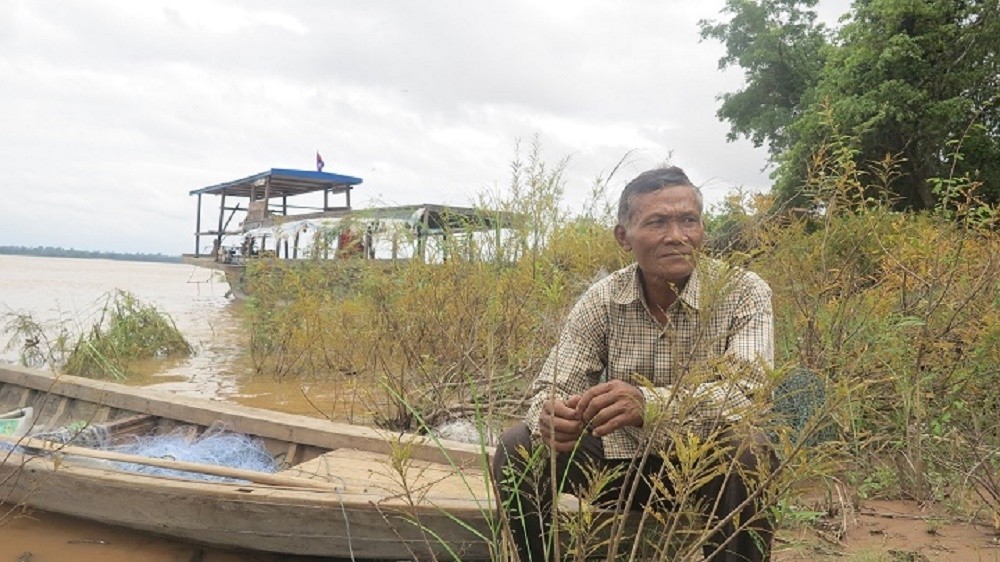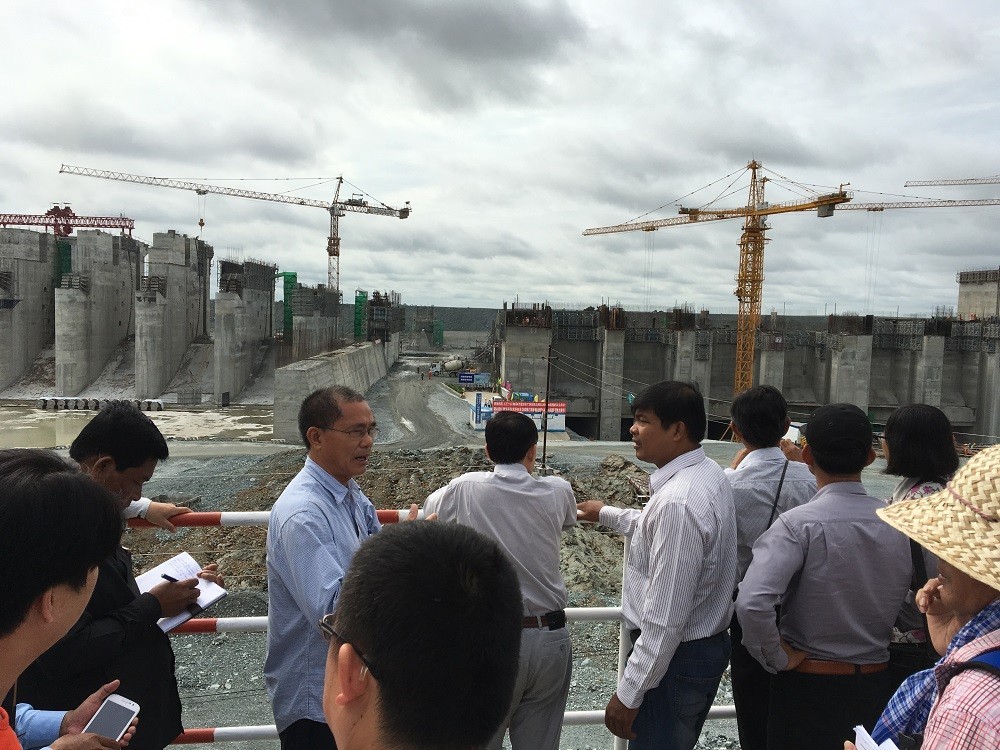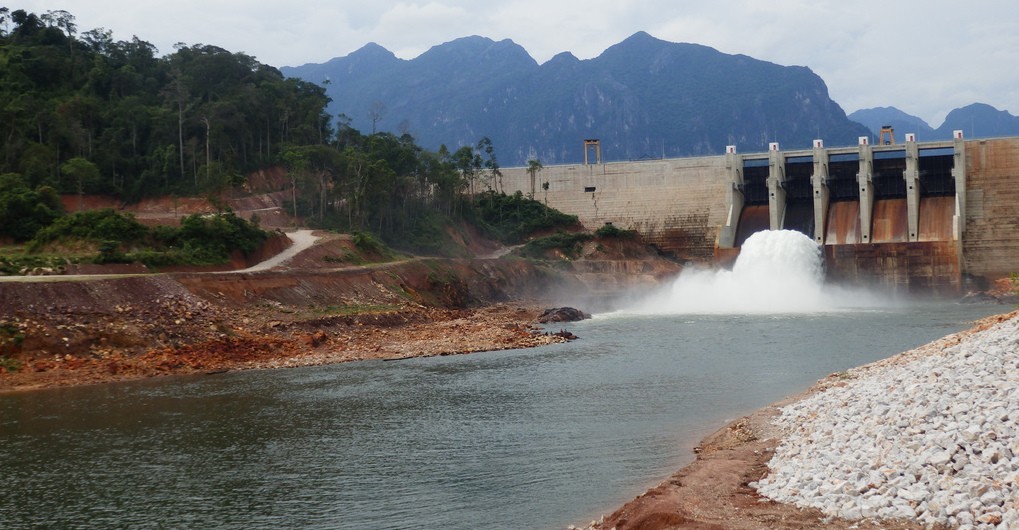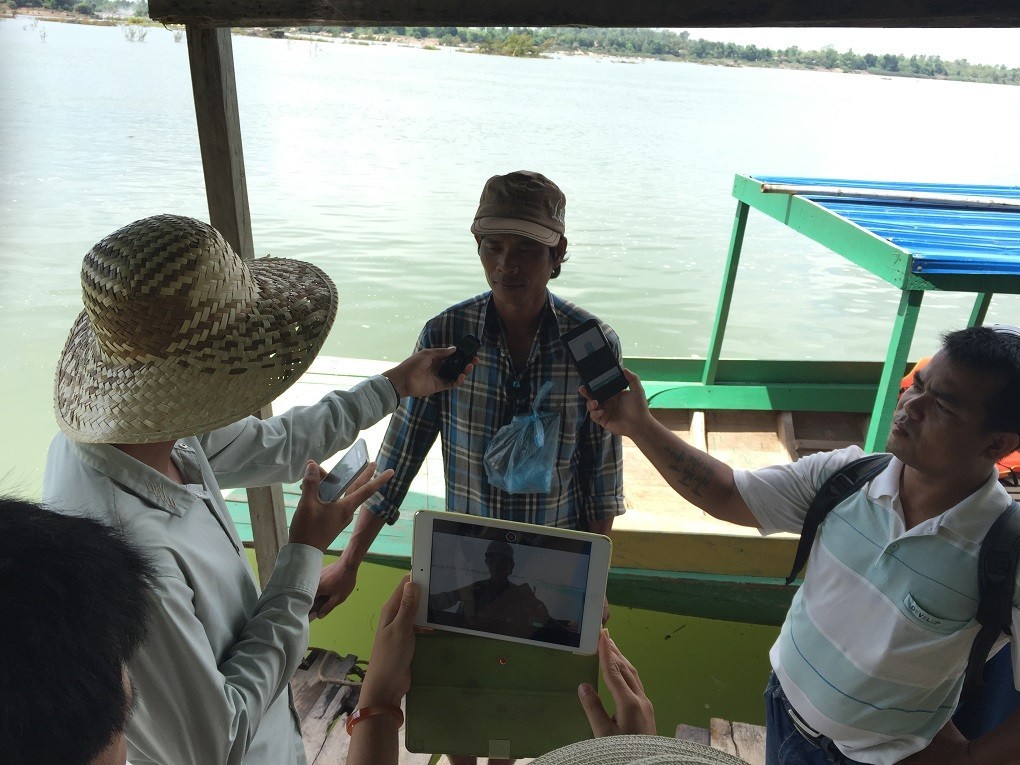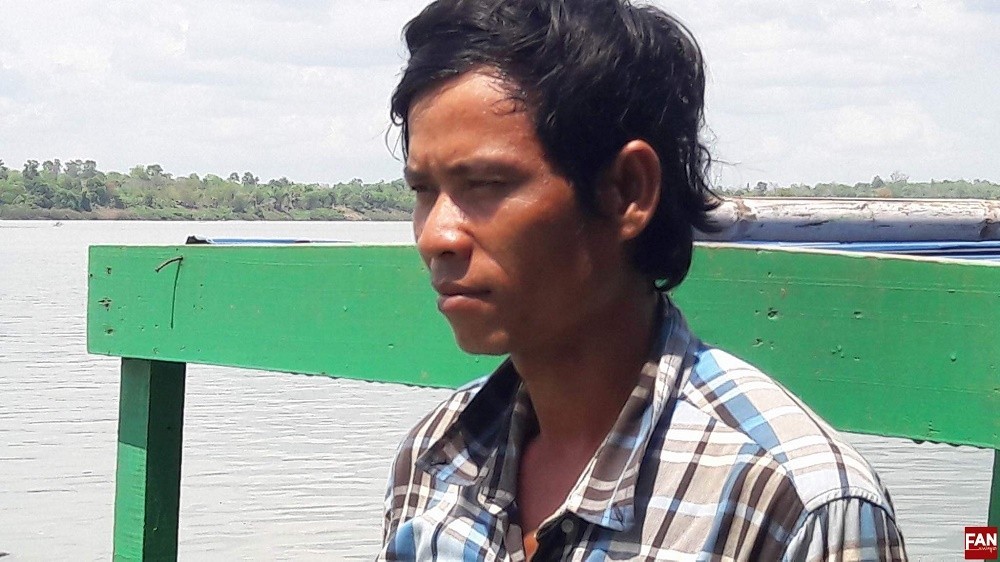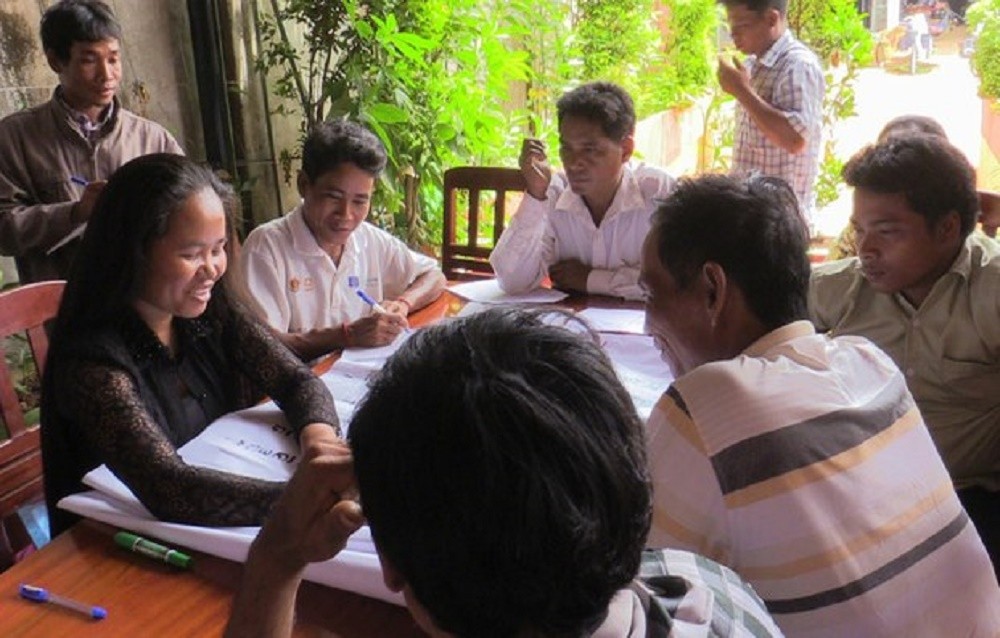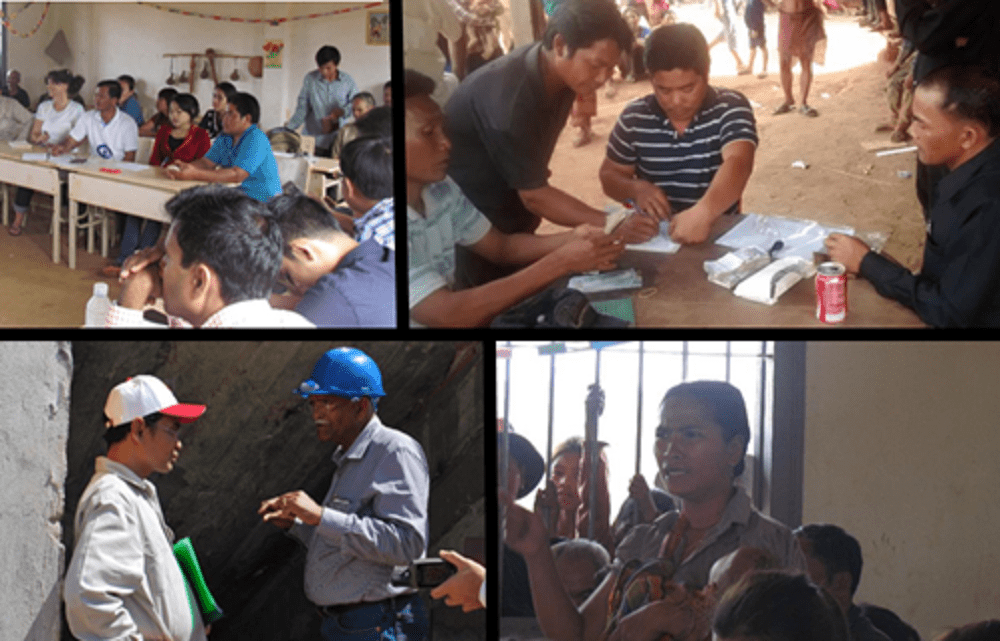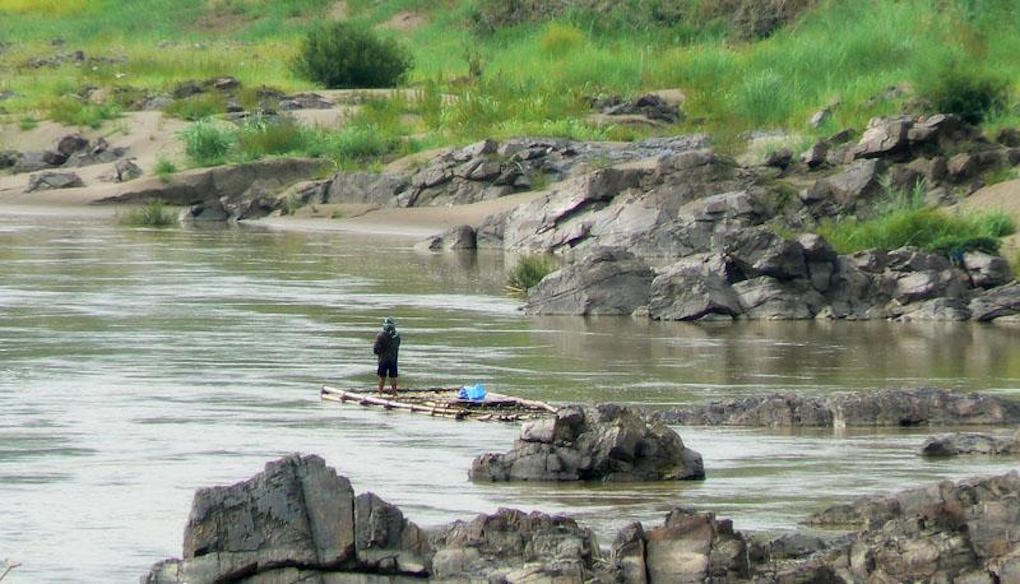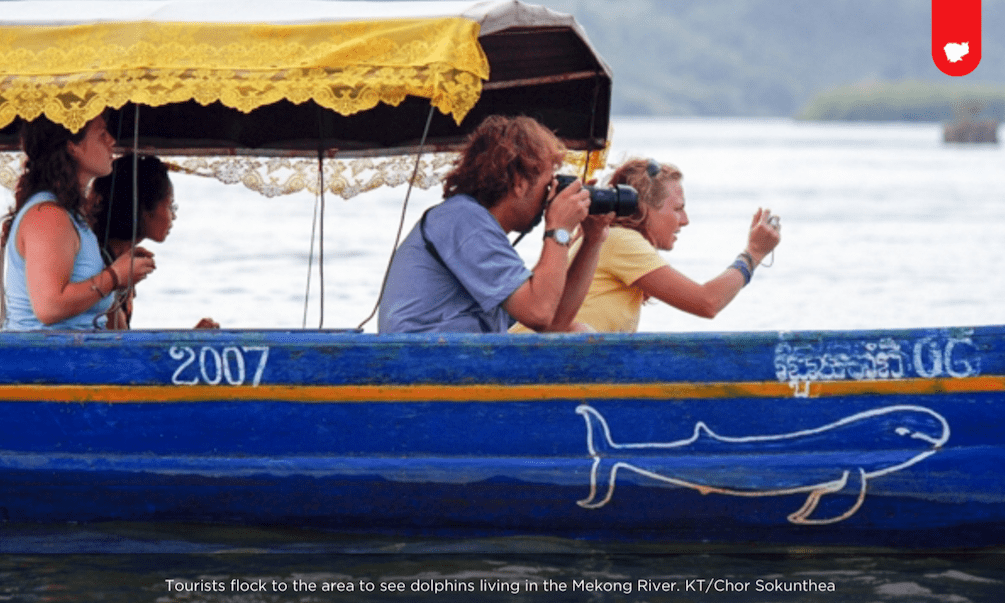Only a few days after the Koh Kong Provincial Court found three environmental activists guilty for protesting against a sand dredging company, the Ministry of Energy and Mines has called for greater civilian participation in protecting The Kingdom’s natural resources.
Suy Sem, the Minister of Mining and Energy, issued a strong warning to mining and sand-dredging companies, saying those who do not act within ministerial guidelines will have their licenses revoked, be blacklisted and sent to court.


